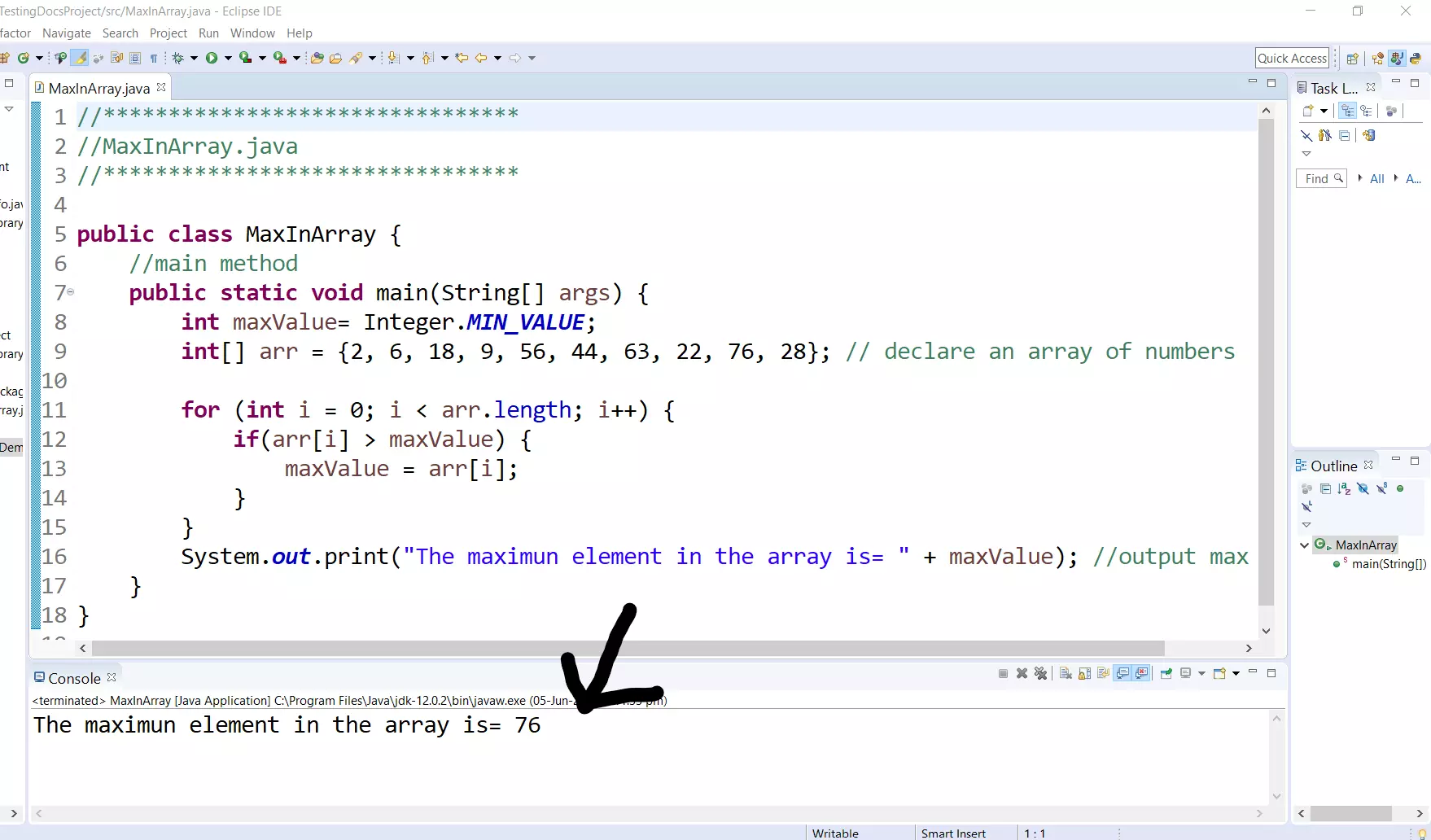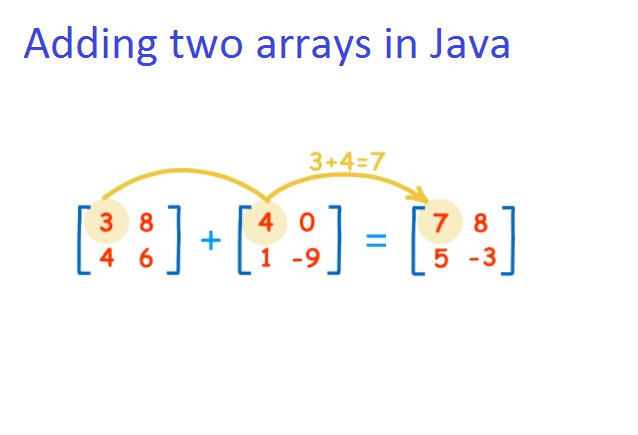
The following methods always create new arrays with the Array base constructor:

Both the original and new array refer to the same object. Objects: the object reference is copied into the new array.Elements of the original array(s) are copied into the new array as follows: The copy always happens shallowly - the method never copies anything beyond the initially created array. They do so by first constructing a new array and then populating it with elements. Some methods do not mutate the existing array that the method was called on, but instead return a new array. Object.prototype._lookupSetter_() Deprecated.Object.prototype._lookupGetter_() Deprecated.Object.prototype._defineSetter_() Deprecated.Object.prototype._defineGetter_() Deprecated.Thus, arr which holds a space of 8 bytes is given the reference of the object of the Class A and everytime loop is run new object is created and reference is given to that object so that it can now access the data in that object. Every time the loop is called an object is created and the reference of it is given to arr. Then when for loop is run and Statement 2 is executed JVM now allocates the memory for the Class A (i.e creates an object) and gives its reference to the arr. Here important point to note is that Statement 1 has nothing to do with creating an object for class A ,no object is created for this class it is only used as a datatype which gives the size of the class A required for the memory allocation of the array. Then the reference of the object is given to the arr variable. therefore total space allocated is 4*4 bytes for the array ). When this statement gets executed because of the new keyword an object is created and dynamically memory is allocated to it which will be equal to the space required for the 4 blocks of datatype A i.e, ( for one block in the array space required is 8 bytes (4+4), I am assuming int takes 4 bytes of space. Here A is the class and in Statement 1 Class A is a datatype of the array. So you do like this, A arr = new A //Statement 1 To learn more about Arrays, check out the guide.Īnd you want to create an array of the objects for the class A.

Or to do it at a later point like this: salaries = 50000 Here are some other examples of legal declarations – // One Dimensional ArraysĪnd these are some examples of illegal declarations – int intArray // Don't mention size!ĭouble

Oracle recommends that you use the former syntax for declaring arrays. This is how we declare a one-dimensional array in Java – int array Initialization – The array is always initialized to the data type’s default value. It is in this step that we mention the sizes of the array dimensions. Instantiation – In this step, we create the array, or allocate memory for the array, using the new keyword. But remember, we don't mention the sizes of dimensions yet. There are 3 steps to create arrays in Java -ĭeclaration – In this step, we specify the data type and the dimensions of the array that we are going to create. That is why you get a NullPointerException You need to create objects separately and assign the reference. Yes, it creates only references, which are set to their default value null.


 0 kommentar(er)
0 kommentar(er)
